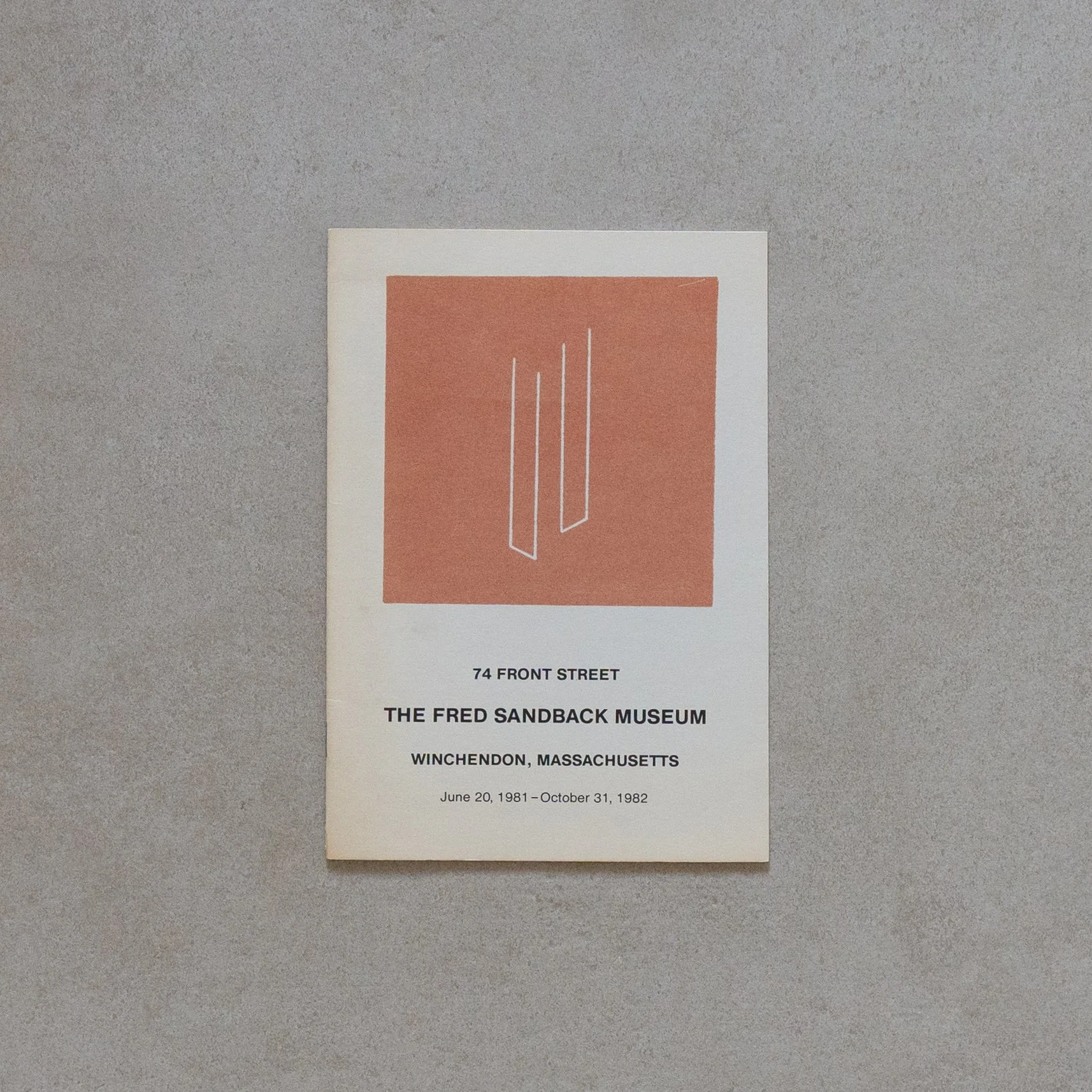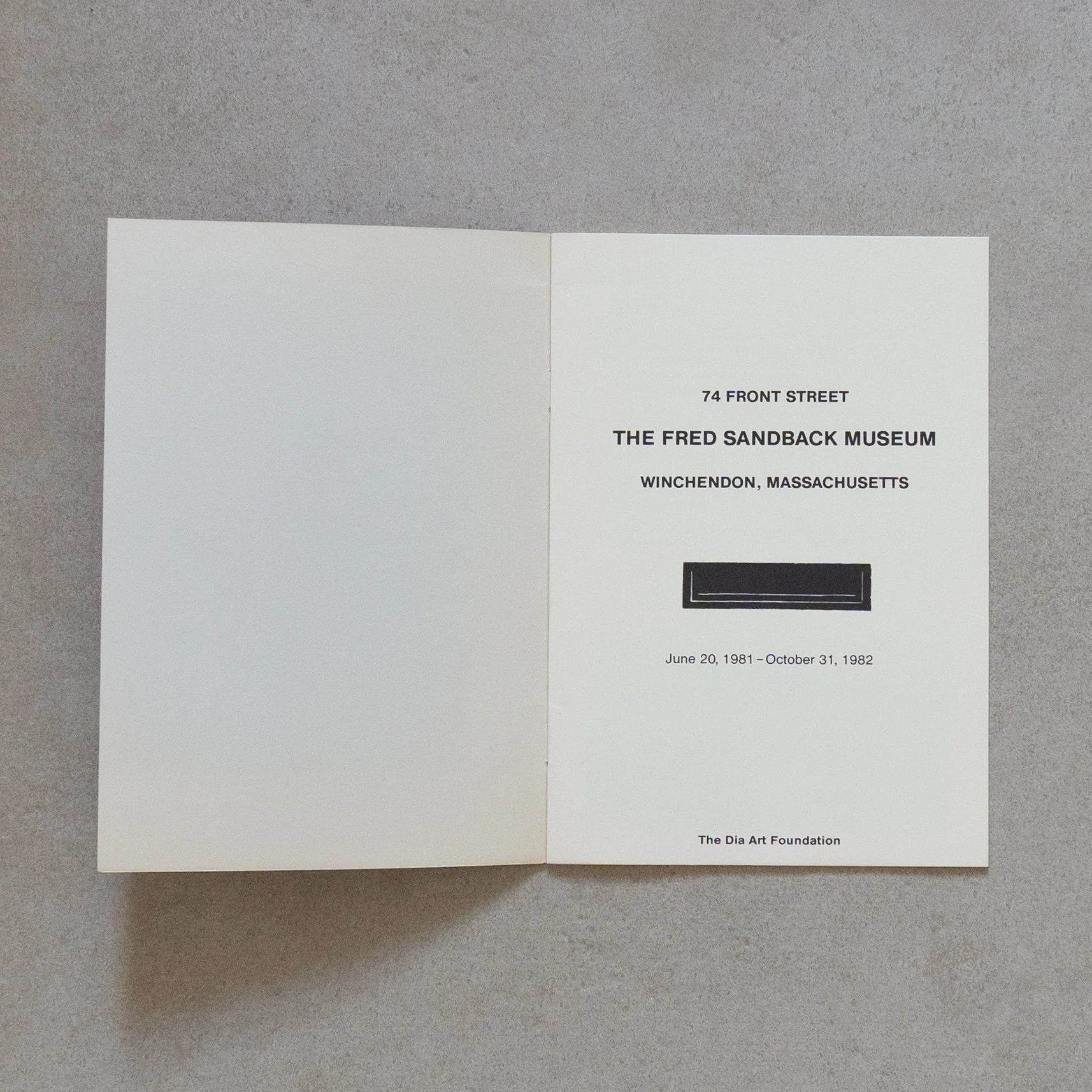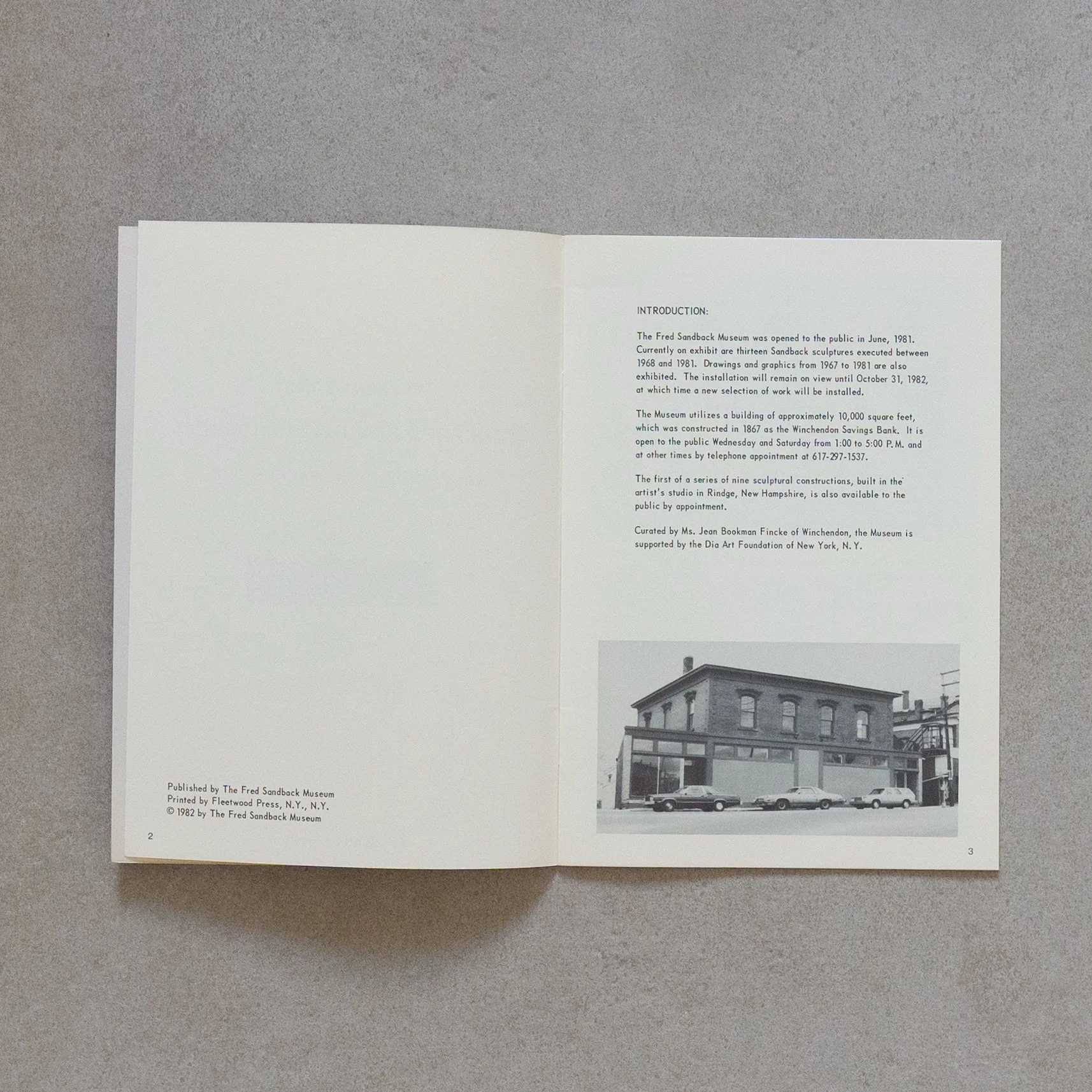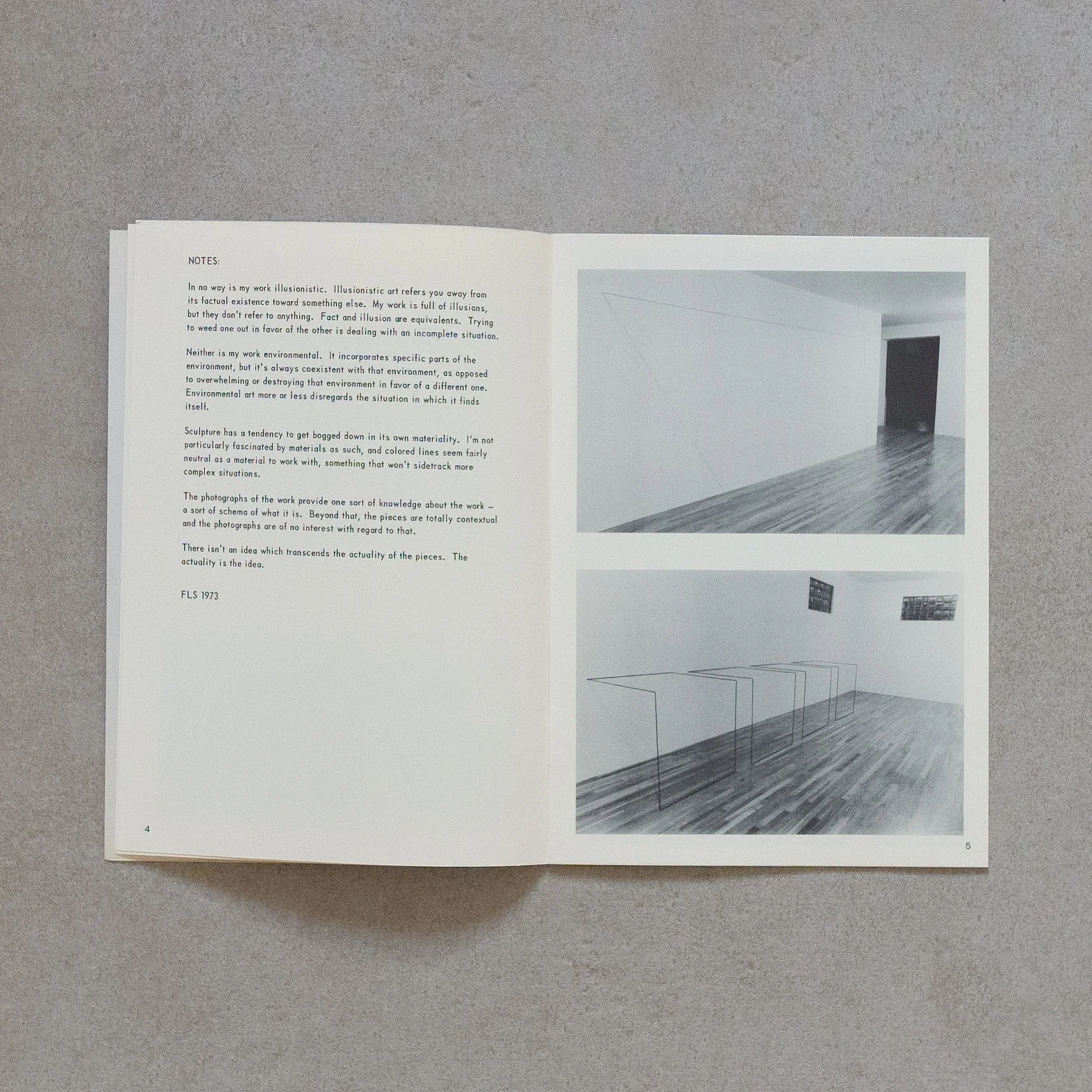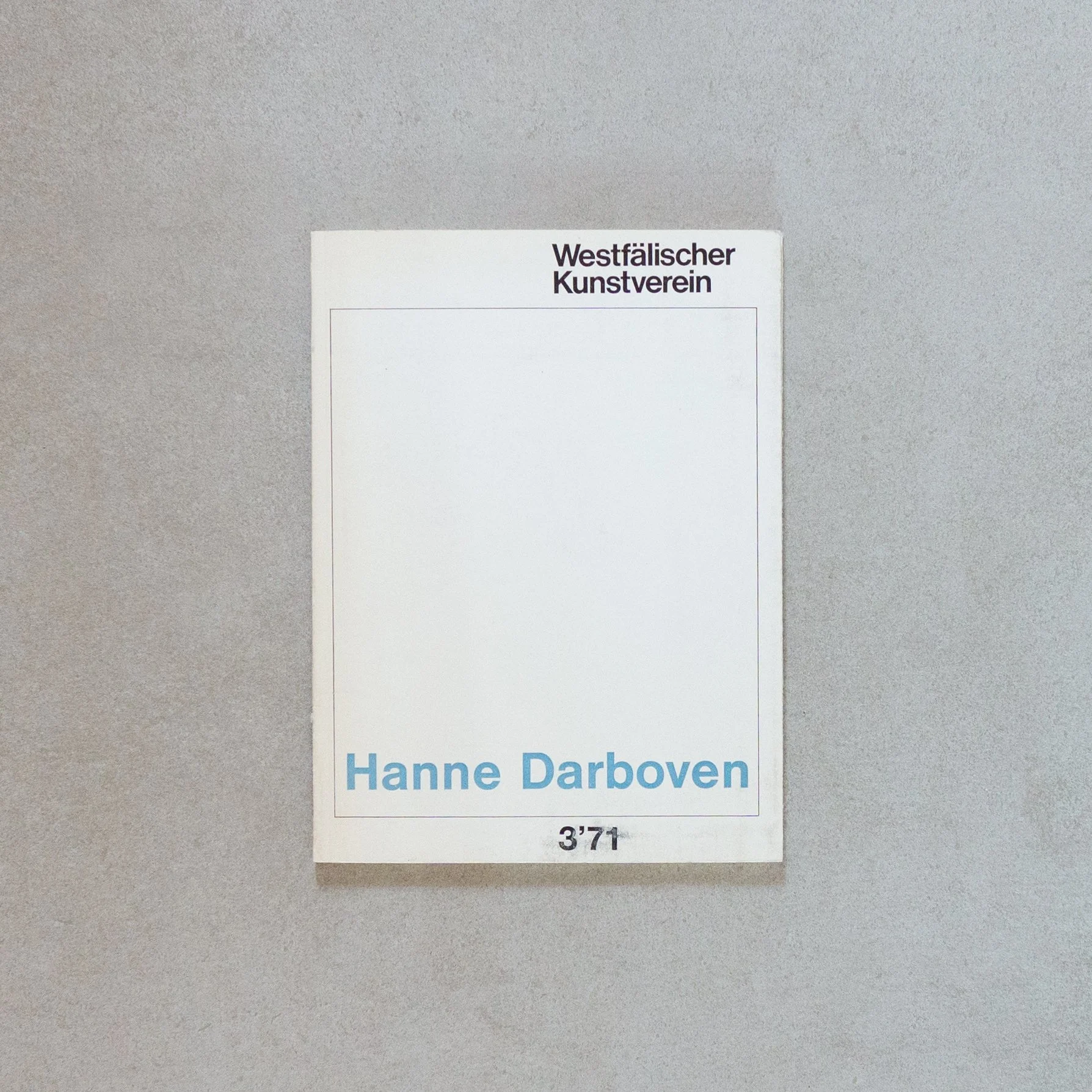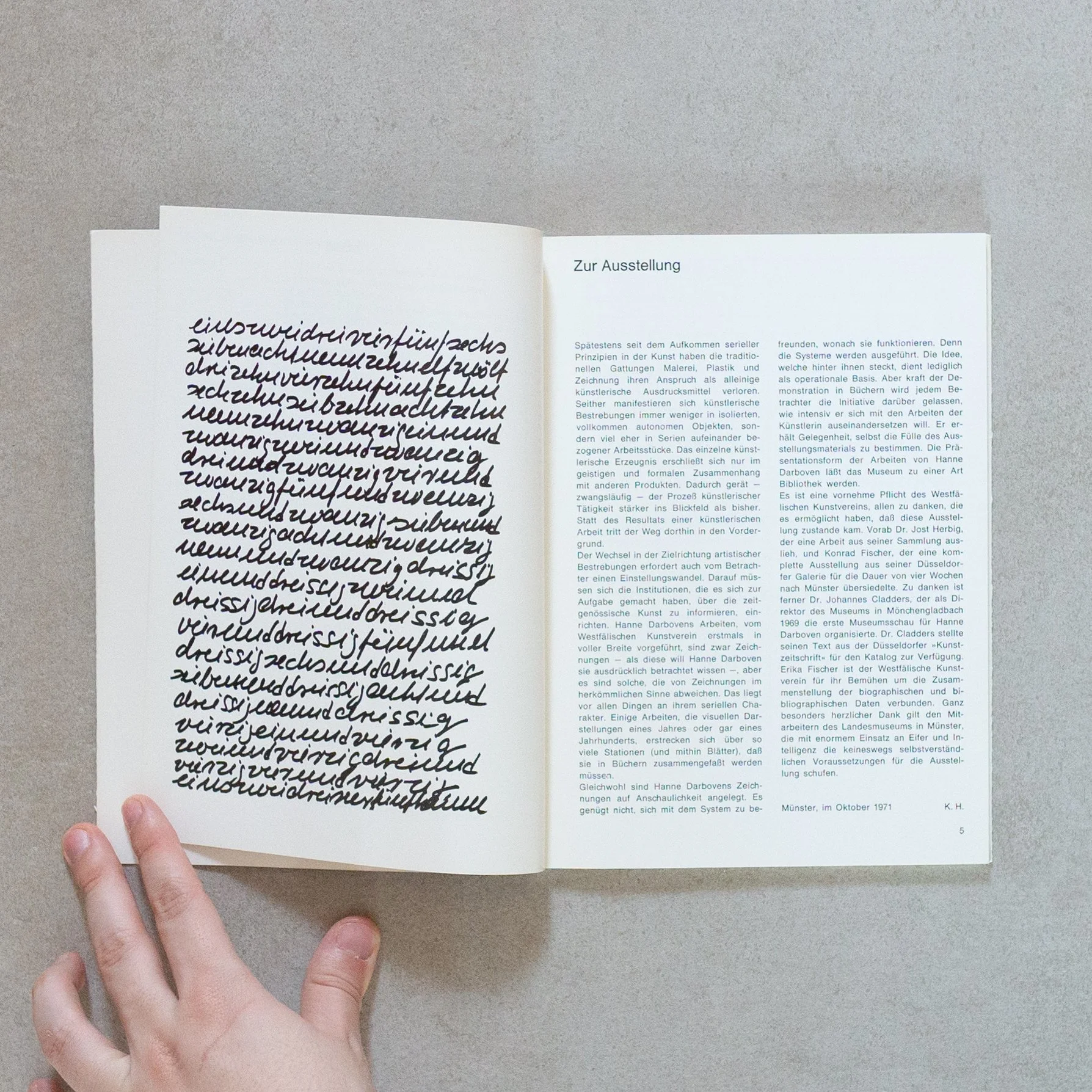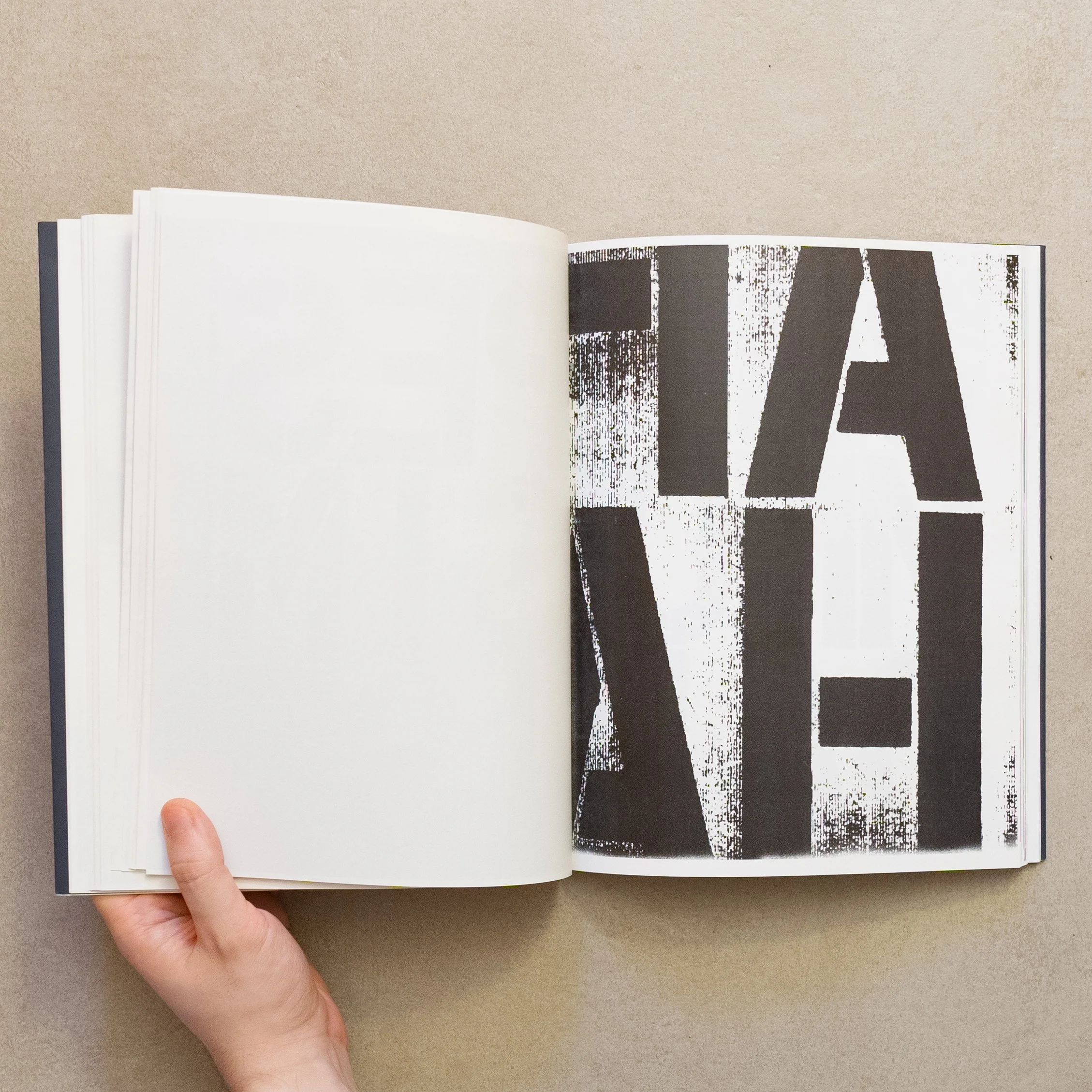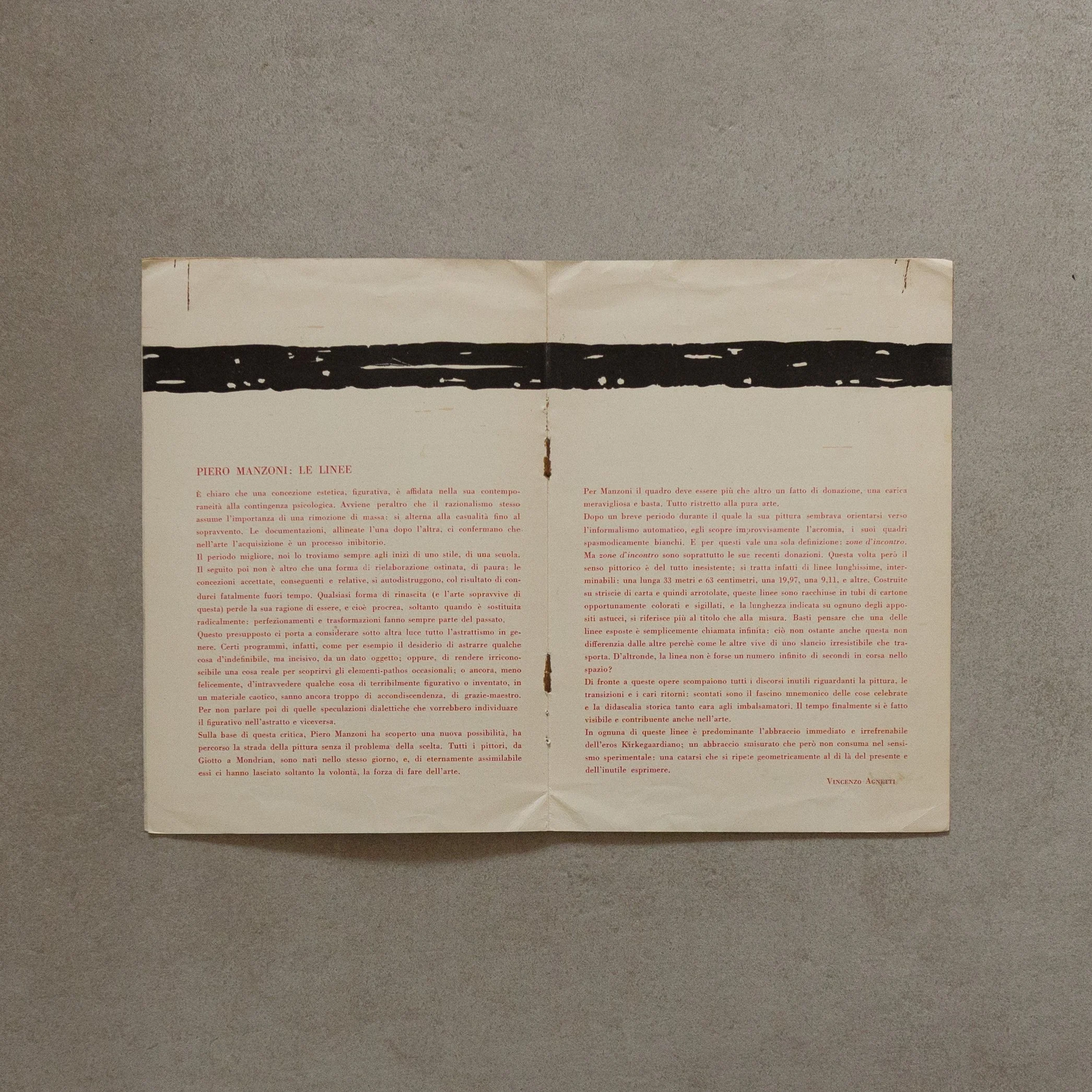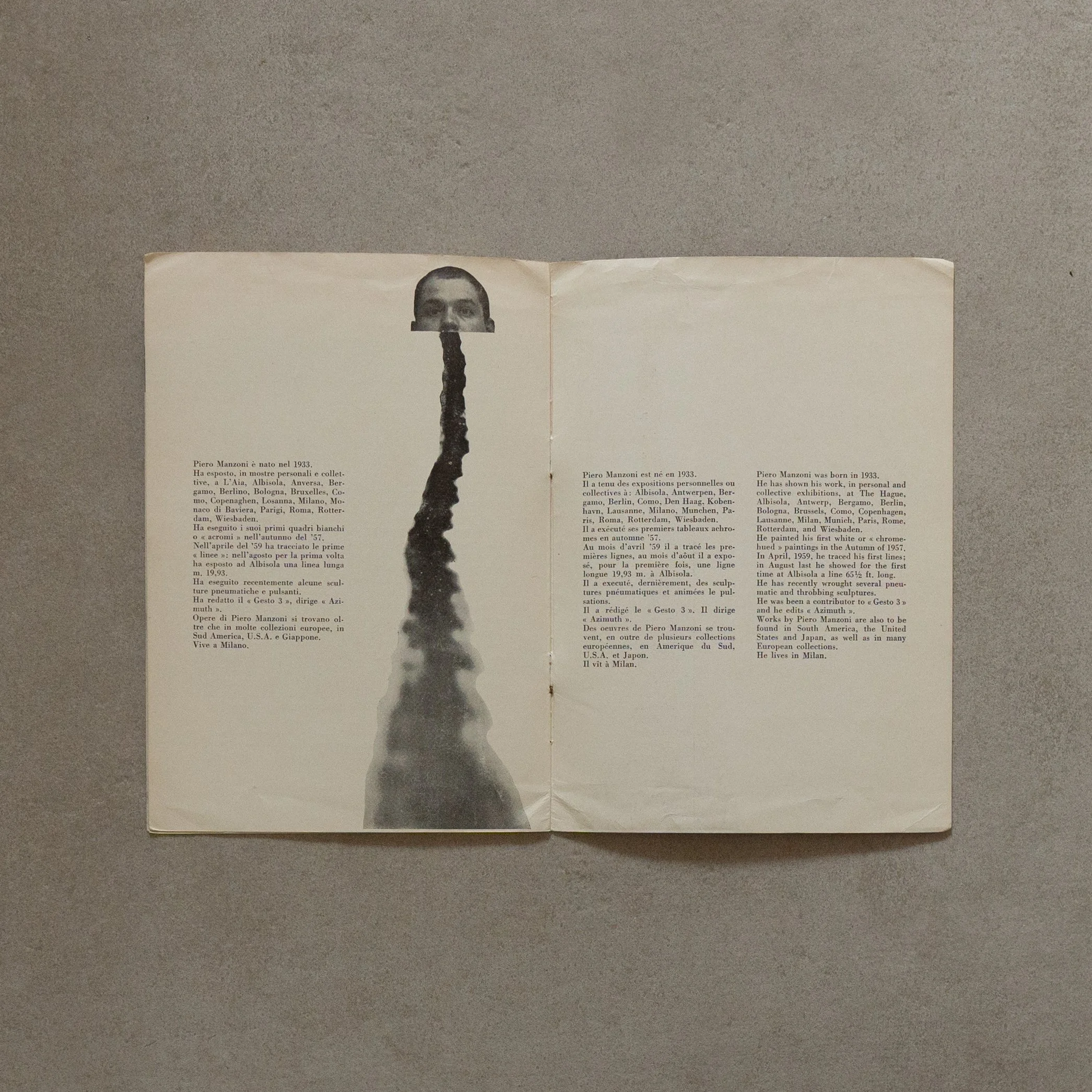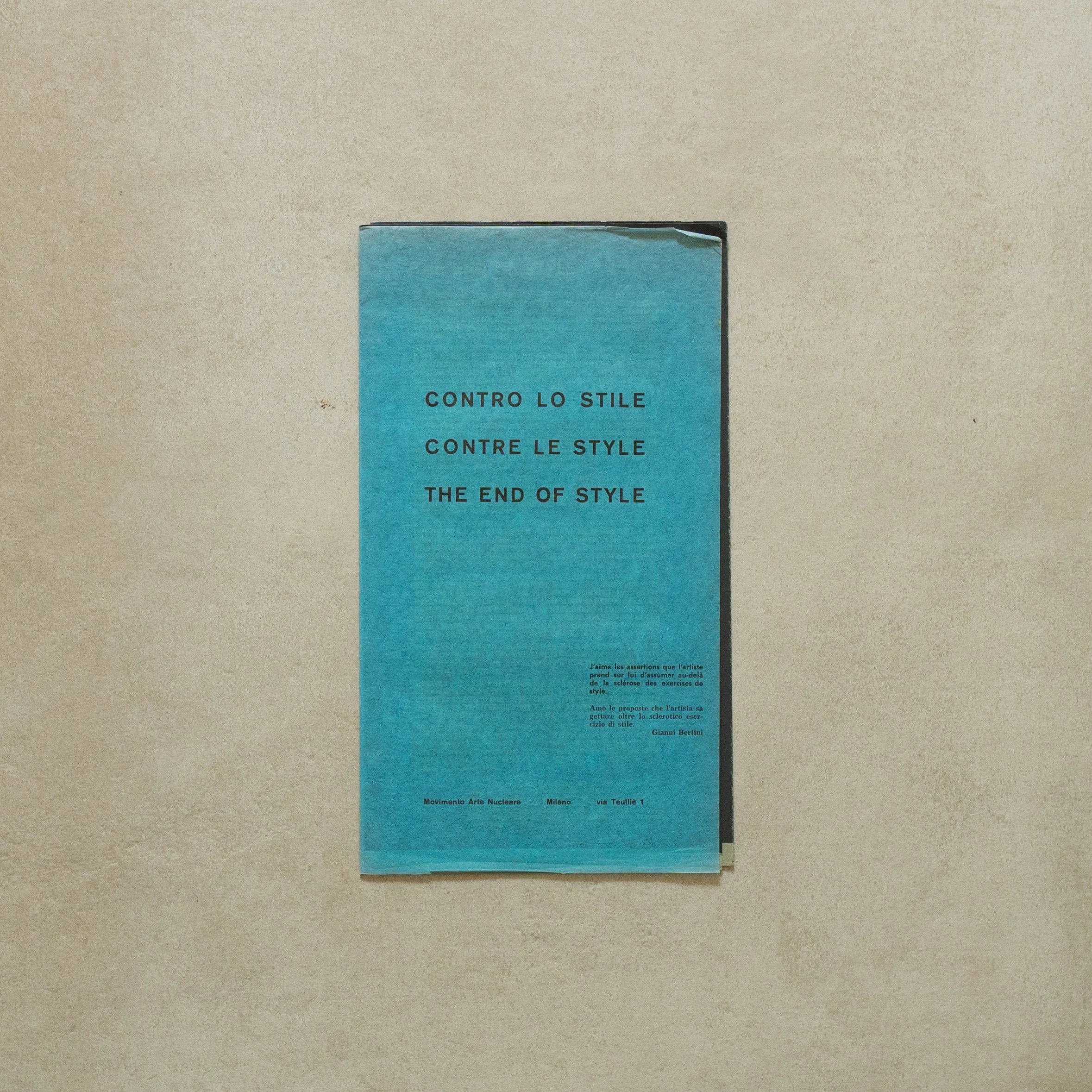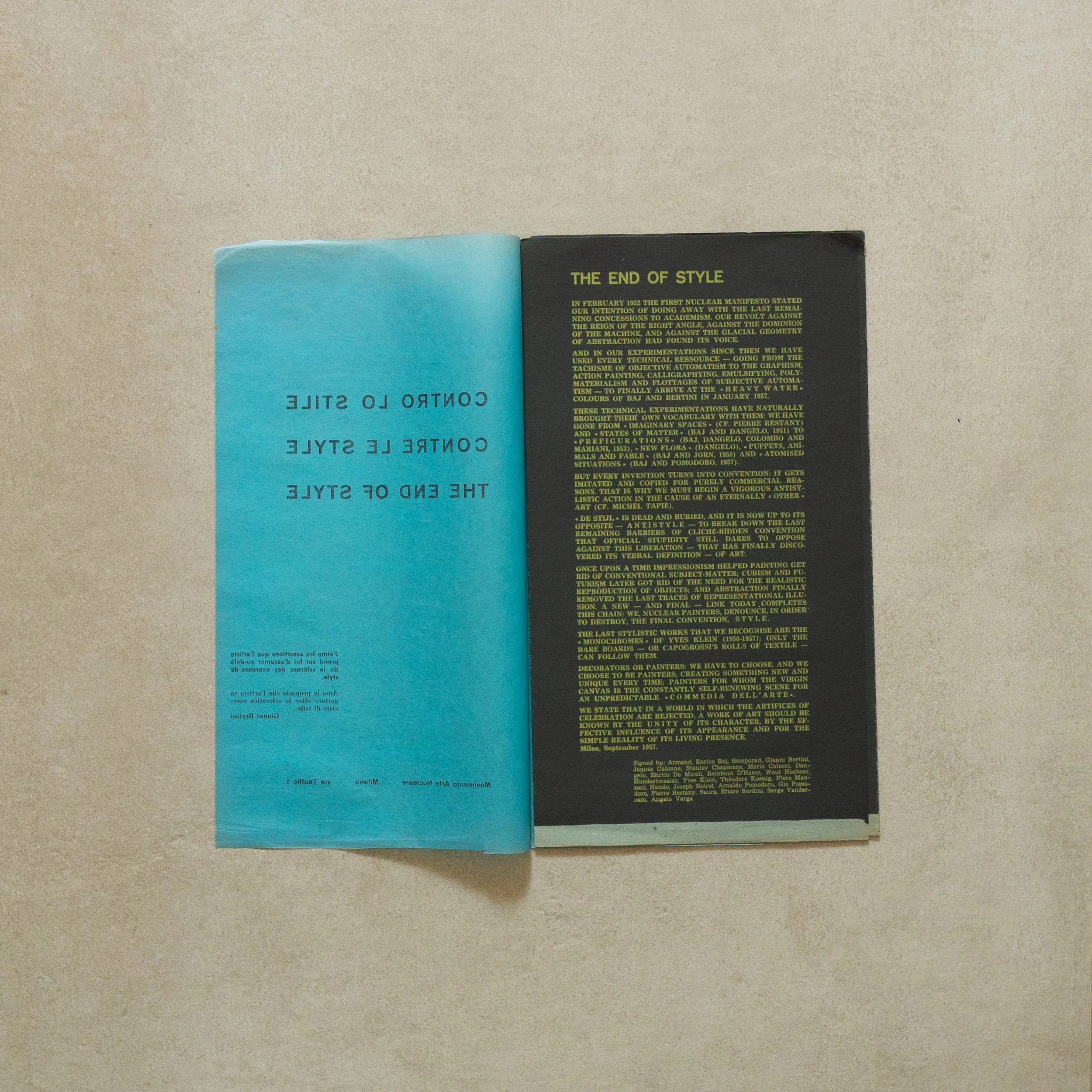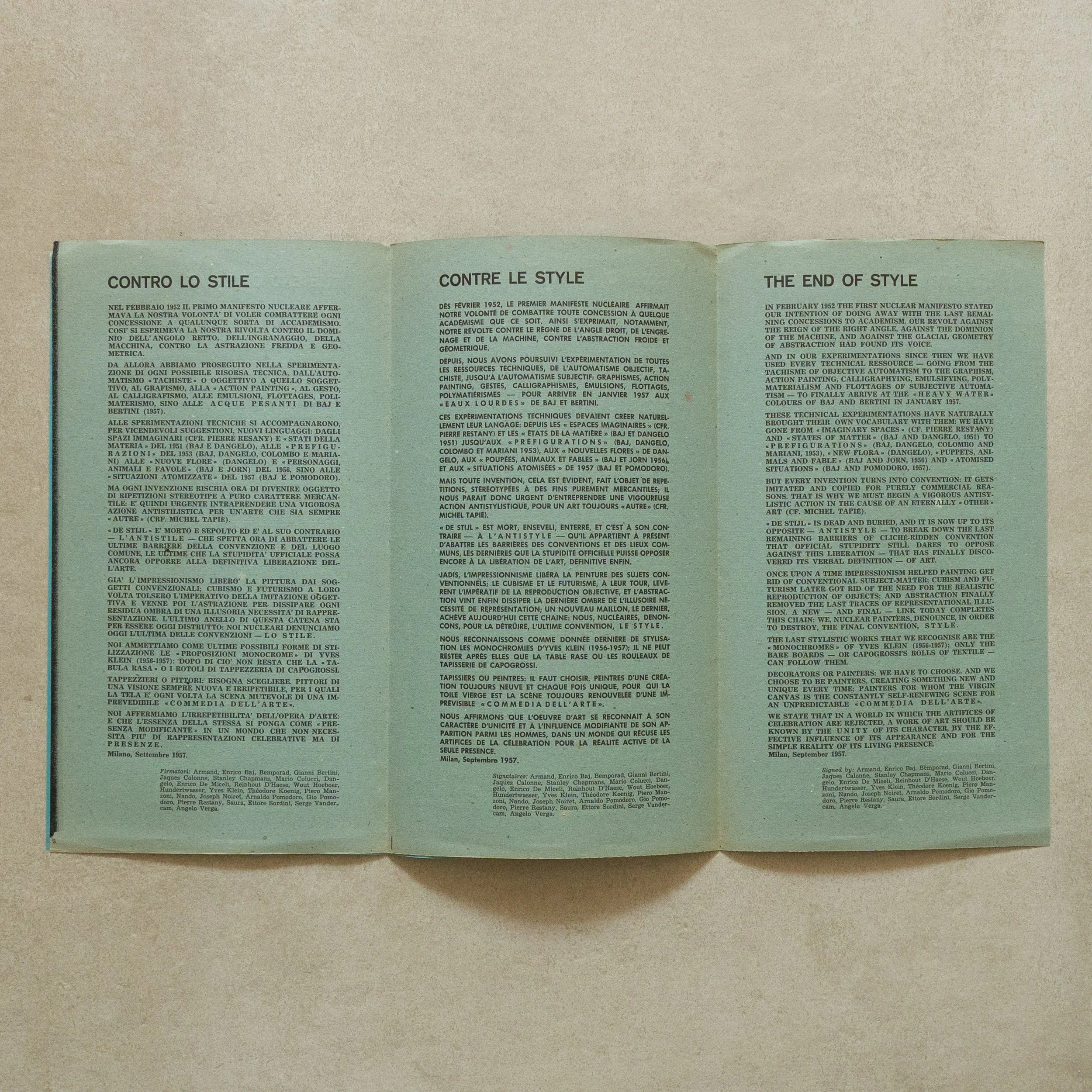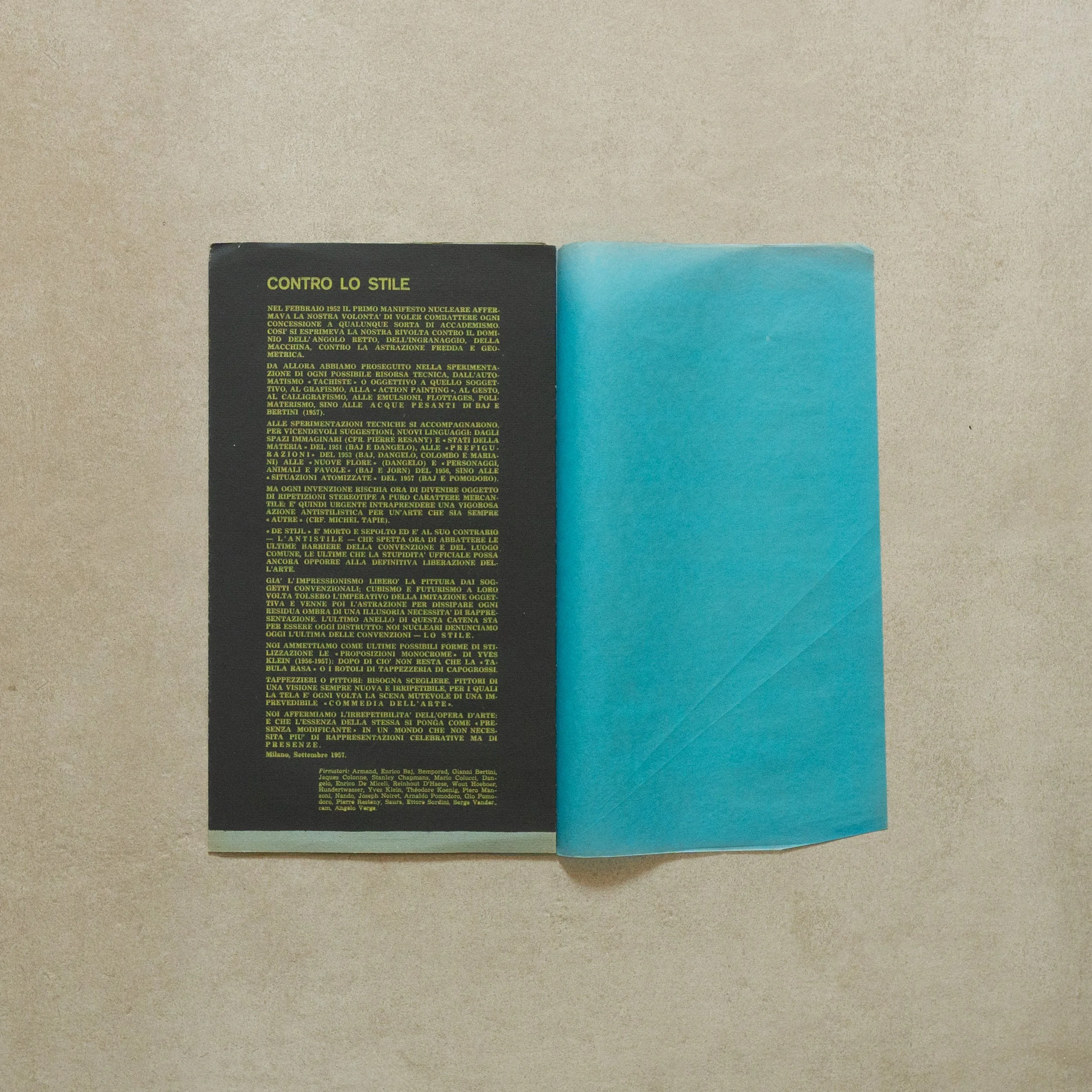In no way is my work illusionistic. Illusionistic art refers you away from its factual existence toward something else. My work is full of illusions, but they don’t refer to anything. Fact and illusion are equivalents. Trying to weed one out in favor of the other is dealing with an incomplete situation. Neither is my work environmental. It incorporates specific parts of the environment, but it’s always coexistent
with that environment, as opposed to overwhelming or destroying that environment in favor of a different one. Environmental art more or less disregards the situation in which it finds itself. Sculpture has a tendency to get bogged down in its own materiality. I’m not particularly fascinated by materials as such, and colored lines seem fairly neutral as a material to work with, something that won’t sidetrack more complex situations. The photographs of the work provide one sort of knowledge about the work – a sort of schema of what it is. Beyond that, the pieces are totally contextual and the photographs are of no interest with regard to that. There isn’t an idea which transcends the actuality of the pieces. The actuality is the idea.


